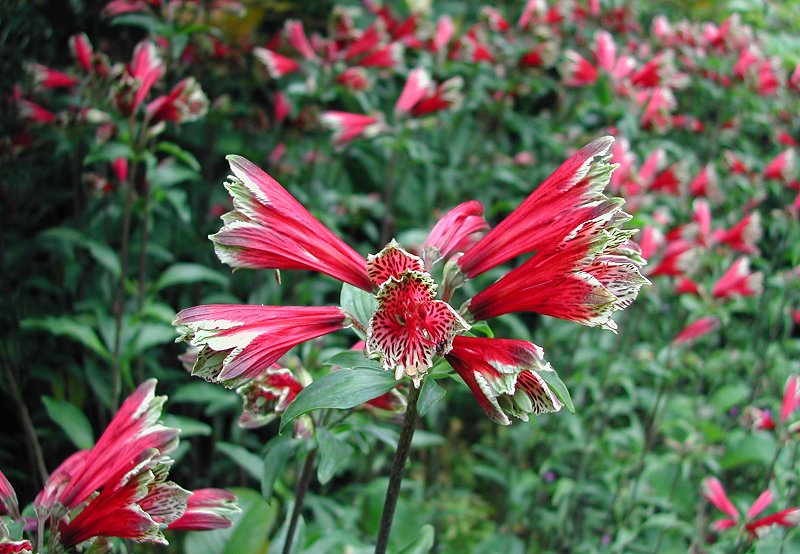How often do you hear someone say, “I’ll just give it a spray”, when faced with a weed problem? And the spray of choice is often glyphosate.
But are herbicides always the answer when other options are available? Crop rotation, mulching, slashing, mowing, steam weeding, fire hoes and hand weeding are effective methods of weed control which don’t involve toxic chemicals.
Glyphosate has been under a lot of scrutiny of late as the EU considers its reregistration. In 2015 IARC declared glyphosate to be carcinogenic. ECHA, the European Chemical Agency, last month released a hazard assessment which concluded glyphosate was unlikely to be carcinogenic though it was an eye irritant and toxic to aquatic life with long term effects. Risk from exposure and residues in meat products and humans were not considered. The European Commission will decide whether to reregister glyphosate later this year.
In 2015 the European Food Safety Authority, EFSA, determined the co-formulant, Polyethoxylated-tallowamine, in a popular glyphosate herbicide, to be more toxic than the glyphosate. Lack of available data did not allow for assessment of just how toxic. POE-tallowamine is added to the weed killer as a surfactant to increase wetability. Some European countries have banned the use of herbicides containing this chemical.
Another report released also this year in March, Glyphosate and cancer: Buying science, published by Friends of Earth Austria, outlines a history of omissions, collusions and calumny in the herbicide industry. This document claims the bodies and agencies which assessed the safety of glyphosate cherry picked data, dismissed some studies and had conflict of interests and connections with the industry. These not so impartial individuals and groups distorted the scientific analysis to defend glyphosate.
GMO soybean is designed to be immune to glyphosate so that herbicide can be sprayed freely on the crop. The downside is weeds can also develop resistance. A number of species have developed resistance to glyphosate after repeated sprayings. Ragweed, Ambrosia artemisiifolia, which is flowering now, is one. Ragweed has a shallow fibrous root system so is easily hand pulled when the soil is moist. Strategic weeding now before it sets seed will reduce its impact. Crofton weed also has a seasonal flowering. Plan to pull this one in July and August before it flowers in September.
Parrot or Inca Lily, Alstroemeria psittacina, is an attractive garden plant and readily available in nurseries. With soft green leaves and red speckled trumpet flowers it suits shadier spots in the garden. However it’s considered an environmental weed in coastal NSW, Victoria, WA and south eastern USA. In SE Qld, it has naturalised along creek banks.

Originally from South America it spreads easily via explosive seed heads. When the pods pop open they forcibly eject the seeds a couple of metres. In time parrot lily will colonise other parts of the garden or spread to nearby bush.
The showier hybrid plants produce less seeds but they too will form a persistent patch in time and can revert to the wild species. Several garden bloggers bemoan the introduction of this plant into their gardens.
With deep tuberous rhizomes it’s difficult to eradicate by digging. Herbicides are not very effective on this species either. The waxy cuticle repels moisture. The rhizomes survive to live another day. Conscientious dead heading after flowering will help keep it under control in your garden or pick the flowers for inside the house. They will last a couple of weeks in a vase.
Ensure garden waste is properly disposed of and never chucked in bushland, down the gully or on roadsides.

 Follow
Follow